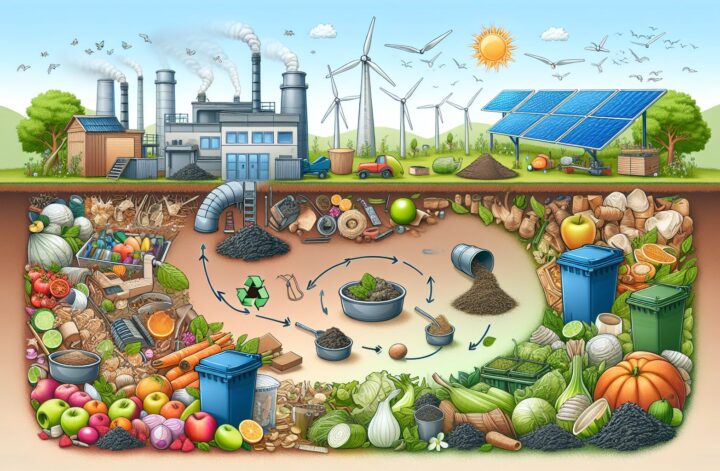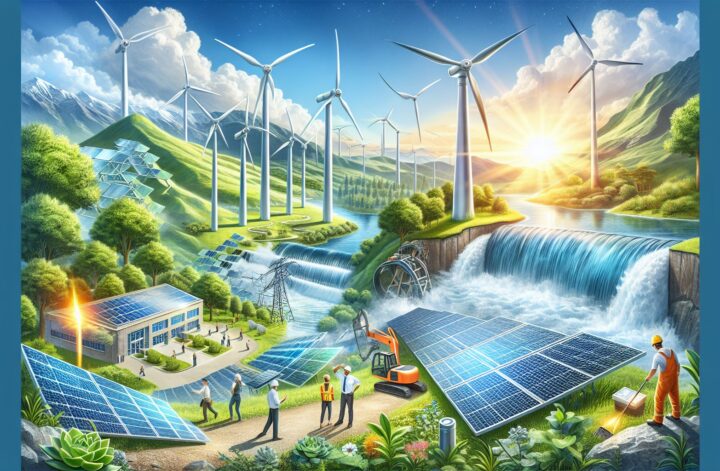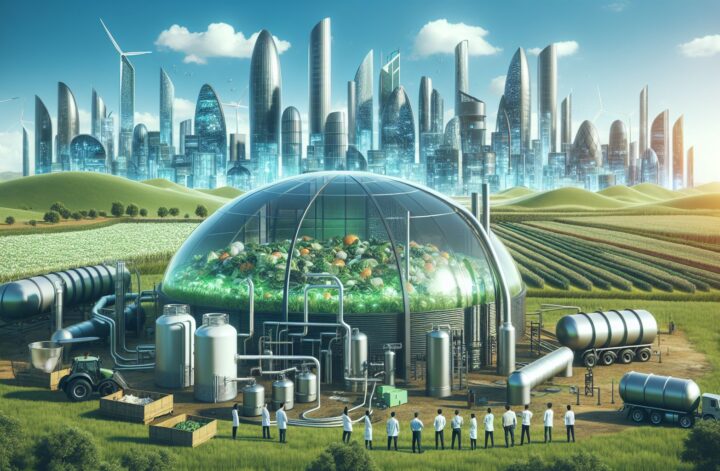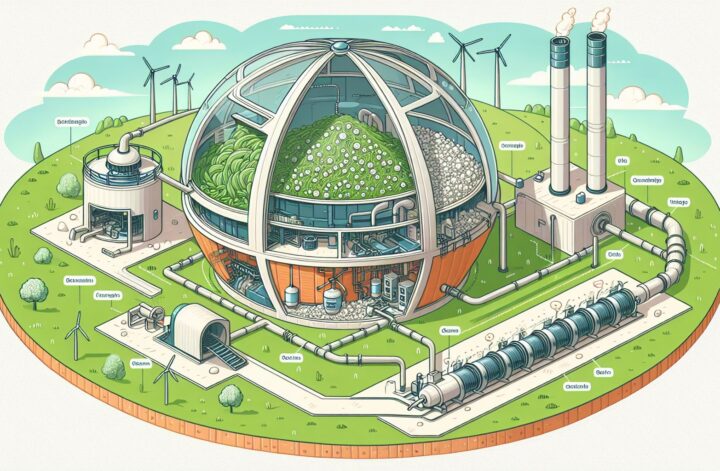With the increasing global population, waste generation continues to be on a worrying increase. Whether you’re talking about domestic or industrial wastes, it’s clear the earth is battling an upsurge in waste generation. On a positive note, these wastes, especially organic ones, can be turned into something useful – a source of energy. Yes! You heard that right. So, through a process known as organic waste treatment, that which was once considered trash becomes a treasure. This article will explore the subject of organic waste treatment and its significant contribution to renewable energy.
Understanding the Concept: What Is Organic Waste Treatment?
Organic waste treatment is the conversion of organic waste materials such as food waste, garden waste, and specific agricultural waste into valuable materials through both biological and chemical processes[^1^].
Types of Organic Waste Treatment Techniques
-
Composting
This is a common organic waste treatment that involves the use of bacteria to decompose waste. The process results in the production of compost, which can serve as a valuable soil conditioner. -
Anaerobic Digestion
This process occurs in the absence of oxygen. In anaerobic digestion, bacteria break down organic waste to produce biogas (a mixture of methane and carbon dioxide) and a nutrient-rich solid residue known as digestate[^2^].
Organic Waste Treatment and Renewable Energy: A Look at Anaerobic Digestion
Of all organic waste treatment techniques, anaerobic digestion is the most relevant to renewable energy generation. The process of anaerobic digestion involves four critical phases: Hydrolysis, Acidogenesis, Acetogenesis, and Methanogenesis[^1^].
-
Hydrolysis
In the first phase, complex organic materials are broken down into simpler monomers such as amino acids, fatty acids, and sugars. -
Acidogenesis
The hydrolyzed monomers are then converted into volatile fatty acids, ammonia, hydrogen, and carbon dioxide. -
Acetogenesis
During this phase, acetogenic bacteria convert the products of Acidogenesis into hydrogen, carbon dioxide, and acetic acid. -
Methanogenesis
The final stage of anaerobic digestion is where methane gas is produced. Methanogenic archaea convert the acetic acid, hydrogen, and carbon dioxide into methane[^2^].
The Role of Biogas in Renewable Energy
The biogas generated from organic waste treatment is an excellent source of renewable energy. The methane component of biogas can be used in the same way as natural gas. This gas can be used to heat homes, cook, and even generate electricity. More so, biogas is a cleaner energy source compared to fossil fuels and goes a long way towards reducing greenhouse gas emissions[^3^].
The Promise of Digestate
Apart from biogas, another valuable product of organic waste treatment is digestate. This nutrient-rich material is perfect for enhancing soil fertility. Using digestate as a soil conditioner is much more sustainable and friendly to the environment compared to chemical fertilizers[^1^].
Key Components of Organic Waste Treatment
A successful organic waste treatment operation depends on certain factors like Organic Loading Rate (OLR), Hydraulic Retention Time (HRT), and Solid Retention Time (SRT). These elements should be effectively managed to avoid issues like ammonia toxicity or sulfide toxicity, which could lead to inhibition of anaerobic digestion.
The Path Ahead
As an essential element in sustainable waste management and renewable energy, organic waste treatment must be given more attention. While challenges exist, the benefits it delivers far outweigh any barriers.
Conclusion
Organic waste treatment is no longer just a waste management strategy. It has turned out to be a promising approach to deal with environmental issues and energy crises. Through organic waste treatment, we can keep our environment clean and at the same time generate renewable energy. This ensures a cleaner and more sustainable future for everyone.
References
[^1^]: “Waste Treatment and Disposal.” Ed. Paul T. Williams. Second Edition. (John Wiley & Sons, Ltd, Chichester, UK. 2005)
[^2^]: “Anaerobic Digestion of Biowaste in Developing Countries: Practical Information and Case Studies.” (Schweizerische Eidgenossenschaft, 2003)
[^3^]: “Estimating the Net Energy Balance of Corn Ethanol.” Hosein Shapouri, James A. Duffield, Michael Wang. (United States Department of Agriculture – Economic Research Service, 2002)




